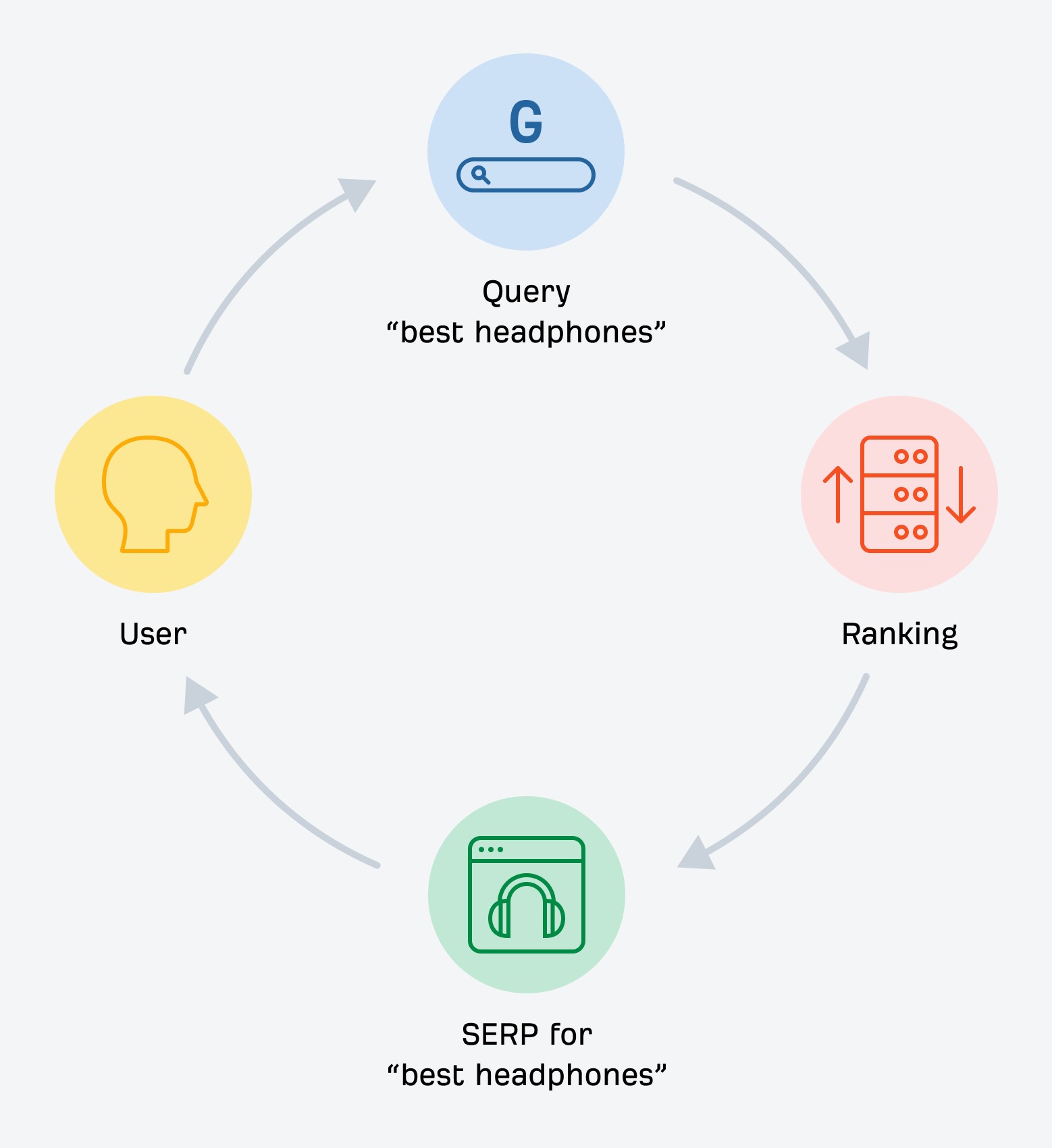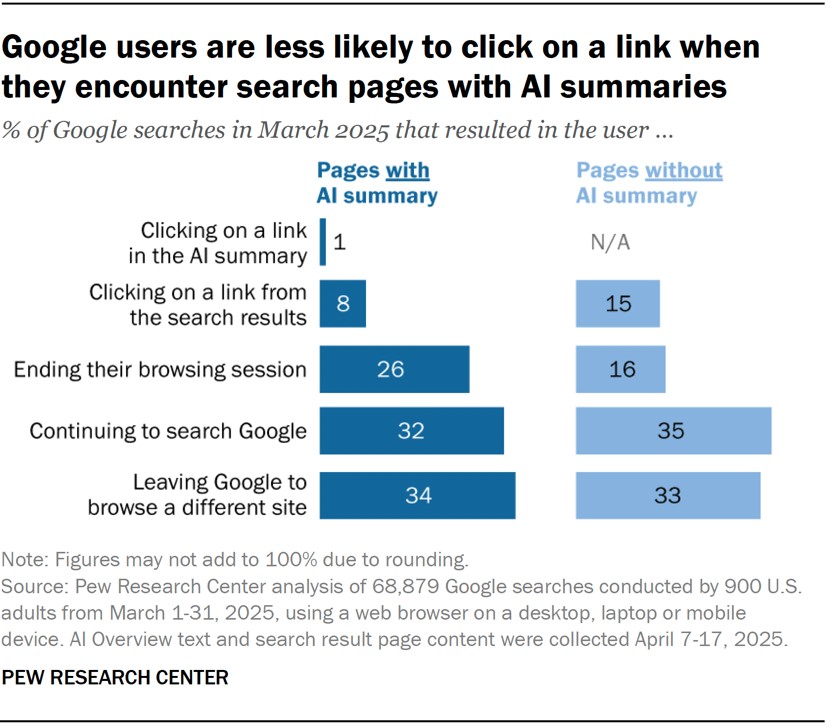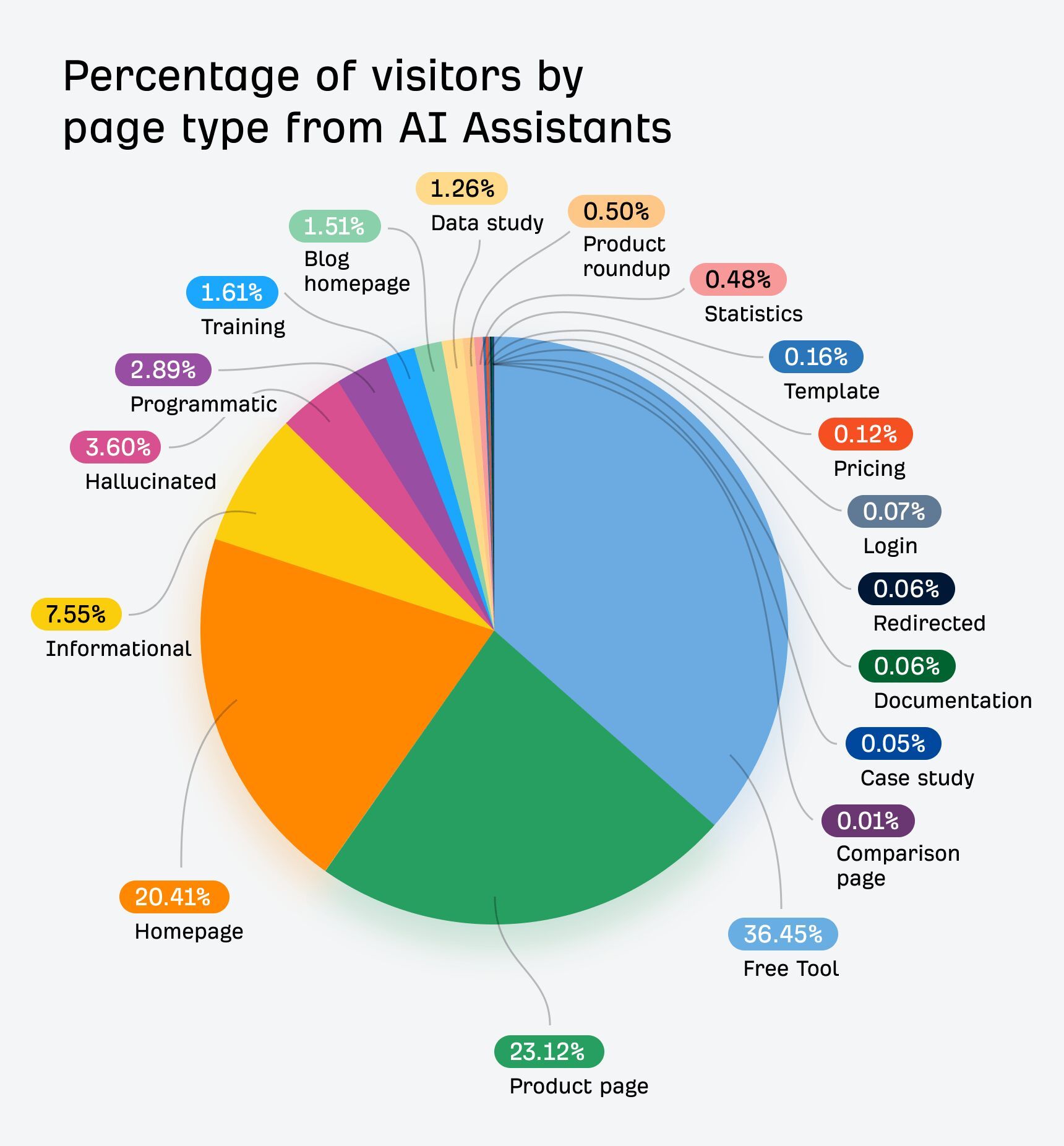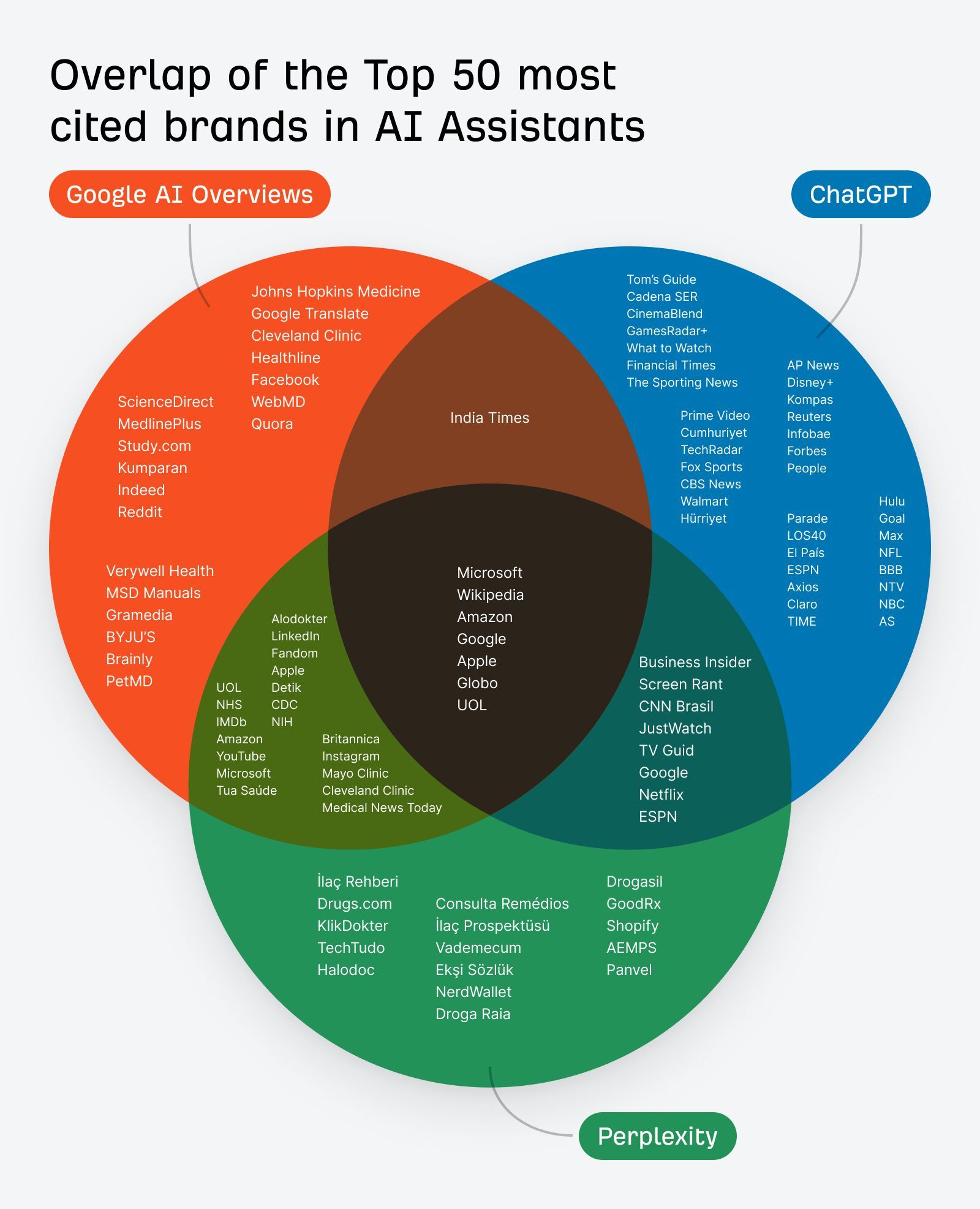Everyone is very curious to know whether Search Engine Optimisation (SEO) and Generative Engine Optimisation (GEO) are the same or different. These two terminologies often confuse everyone about their working method and appearance.
SEO generally focuses on ranking websites in search engines like Google to attract clicks and give traffic, while GEO aims to secure the brand mentions within AI-driven responses, often without a direct link.
Both approaches have shared common ground in valuing high-quality content, user intent, and brand credibility, but they differ in users' journey, which involves getting success metrics and dependence on the platform.
In this article, we will understand about Search Engine Optimisation (SEO), Generative Engine Optimisation (GEO) and their differences and similarities.
Also Read: List of Top 10 AI Companies in the World [Updated 2025]
What is Search Engine Optimisation (SEO)?
Search Engine Optimisation (SEO), which is about making your website rank higher on Google, Bing and other search engines. So that people often search their related query easily and find you on the search engine.

Source: ahrefs
What is the aim of SEO? To drive clicks from search results to your website.
How does SEO work?
There are 3 easy, simple steps for working with SEO’s, which are:
| Phase | Description |
| Crawling | Automated bots scan the web, following links to gather web pages. |
| Indexing | These pages are analysed and stored in a massive search index. |
| Ranking | When someone searches, algorithms match and display the most relevant results. |
In short, we can say that SEO ensures your site is visible when people look for their answers or for any query.
What are the Core SEO strategies?
The Core SEO strategies are:
-
Keyword research: Make sure to identify what your audience searches for.
-
On-page SEO: Should create correct and accurate content that directly answers search intent.
-
Off-page SEO: Must build credibility through backlinks from trusted sources.
-
Technical SEO: There must be a focus on ensuring fast loading, mobile-friendliness, site safety, and error-free structure.
What is Generative Engine Optimisation (GEO)?
Generative Engine Optimisation (GEO), which is also known as Answer Engine Optimisation (AEO) or Large Language Model Optimisation (LLMO). The GEO is all about making AI tools like ChatGPT, Google AI Overviews, or Microsoft Copilot, which accurately represent your brand or content which are already uploaded by your side.
In other words, GEO is SEO for an AI search engine.
How does Artificial Intelligence search work?
Do you often come to know how AI search works, so, let's see how it works:
-
Without browsing, AI relies on its training data (knowledge frozen up to a cutoff date).
-
With browsing: AI fetches fresh web pages, summarises them, and builds answers.
How does GEO work?
Now, let's see how GEO works.
-
It is used to gain mentions on third-party sites (reviews, rankings, “best of” lists).
-
It has to publish AI-friendly content (how-to guides, comparisons, original studies).
-
GEO is using statistics and facts that AI can cite confidently.
-
It also expands the topic's presence across YouTube, Reddit, and similar high-citation platforms.
-
It has a fixed format of the content with structured headings, FAQs, and schema markup.
-
It also helps in keeping your pages updated, since AI tends to cite newer information.
What is the difference between SEO and GEO?

Source: ahrefs
Often, there is a lot of misunderstanding between these two terms, SEO and GEO, but here in this table, all their aspects are listed, which shows how they are different:
| Aspect | SEO (Search Engine Optimisation) | GEO (Generative Engine Optimisation) |
| Output | It helps in showing your site as a clickable link in search results | It integrates your brand inside AI responses, sometimes without a link |
| Goal | It helps in bringing clicks and traffic to your site | It also provides mentions and visibility inside AI answers |
| User Journey | Users click through to your site | It often ends with the AI’s response; users may not visit your site |
| Success Metrics | It makes better rankings, backlinks, and website traffic | There are AI mentions, citations, and share of voice across AI responses |
| Dependence | It relies heavily on your own website’s content | It relies on mentions from third-party sites like PR, reviews, and online presence |
| Traffic Behavior | Users or any visitors, once they browse, make them visit multiple pages, the intent may be exploratory | In this, Visitors arrive with clearer intent; fewer visitors but higher conversions |

Source: ahrefs
What are the similarities between SEO and GEO?

Source: ahrefs
As in the above table, we have seen how SEO’s and GEOs are different, but there are many similarities also between SEO and GEO, which are given below in the table:
| Similarity | Explanation |
| Great content is your best bet | Both SEO and GEO depend on high-quality, useful content that builds topical authority. Search engines deliver links, while AI often delivers direct answers. |
| Focus on user intent | Both strategies revolve around understanding what users really want and providing the best answers. |
| Trust & reputation matter | Both Google and AI assistants rely on external content and brand credibility to decide which sources to trust. |
| Website functionality is crucial | Search engines and AI assistants still crawl websites. Poor accessibility, heavy JavaScript, or blocked content hurts both SEO and GEO performance. |
Conclusion
SEO and GEO often sound like rivals, but in reality, they complement each other. SEO helps with visibility on traditional search engines, while GEO ensures making brand value for AI-driven answers for the users' query in the form of a conversation. But they both have thrived on the same foundation that is for quality of content, users' trust and rich in content that is relevant to users. To make a balance between SEO and GEO, as one helps in balancing the clicks and the other helps to secure AI mentions. By doing this, it ensures that we are not just keeping up with the changing digital landscape but also that we are ahead in this digital landscape.
Also Read: Nano Banana AI Video: How to Create 3D Model Photos into Video via Gemini and Other Tools
Comments
All Comments (0)
Join the conversation